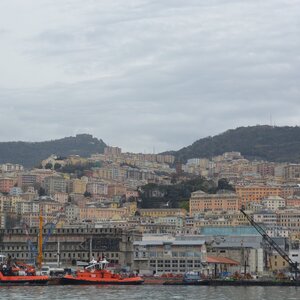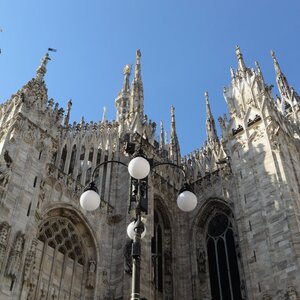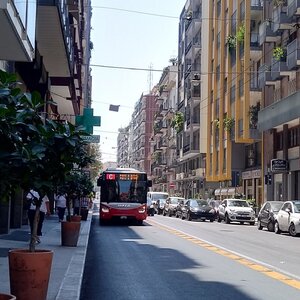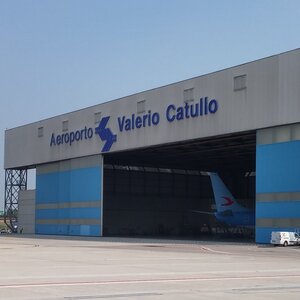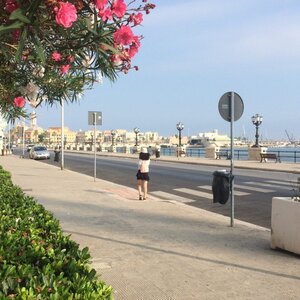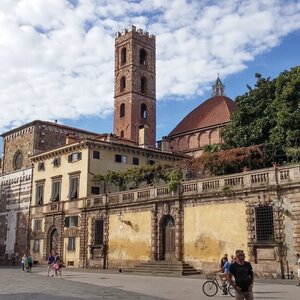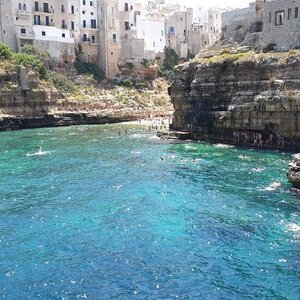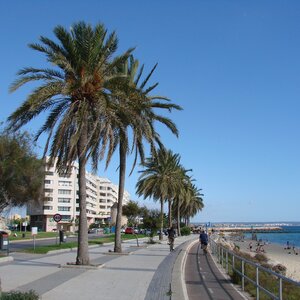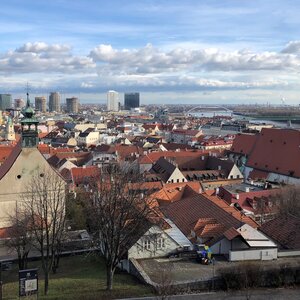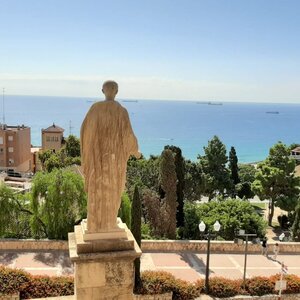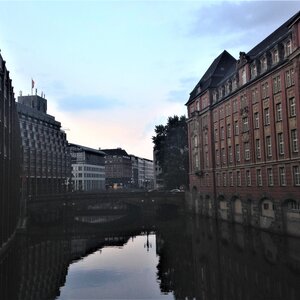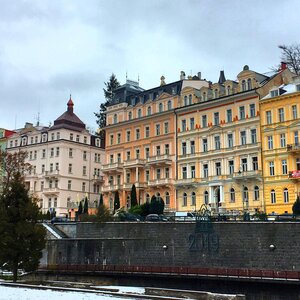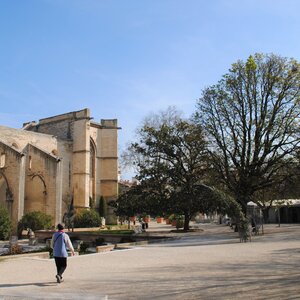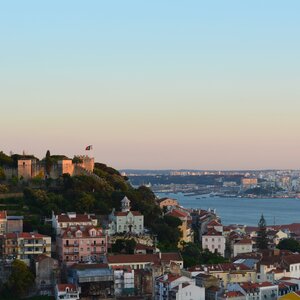About 10,000 years ago, people settled in caves near the Italian town of Matera. Beginning in the 8th century AD, Byzantine and Benedictine monks came here. They built their churches, communities and monasteries using the building experience of the local population and the material that nature provided — the natural caves of the Gravina Gorge and its soft, pliable tuff.
If you come to Matera for more than one day, you have a chance to see a real exotic: the cave churches outside the city, in the archaeological park of Murja Materano. These churches can only be walked through with a licensed guide. All information about these churches and the park, about guides and excursions can be found at http://www.parcomurgia.it/ita/web/item.asp?nav=6. In this article I will tell you about the city’s cave churches, which you can see on your own and without leaving Materano.
These cave churches and monasteries are located in the historic district of Sassi di Matera. The monks who came here brought with them the architectural traditions of their homelands: Cappadocia, Anatolia, Antioch, Armenia and Syria, which is why you can see a mix of different religious styles in the churches.
The most important churches of Sassi di Matera:
- — Santa Barbara delle Cupole (Chiesa di Santa Barbara delle Cupole), IX–X century
- Church of Sant’Antonio del Cortile (Chiesa di Sant’Antonio del Cortile)
- Santa Lucia alle Malve (Santa Lucia alle Malve) with three naves and frescoes from the 9th century BC,
- Santa Maria de Idris e San Giovanni in Montarone (Santa Maria de Idris e San Giovanni in Montarone, XII–XIV century),
- — Madonna delle Virtù e San Nicola dei Greci (Madonna delle Virtù e San Nicola dei Greci, X–XI century)
- — Saints Peter and Paul (Santi Pietro e Paolo)
- — Santa Maria della valle (Santa Maria della valle)
- — Santa Maria della Colomba (Santa Maria della Colomba) — San Pietro in Lama (San Pietro in Lama)
- — The Crypt of Original Sin (Cripta del Peccato Originale), a cave, fully colored, in a crevice below Matera
- — San Pietro Barisano (San Pietro Barisano, XII–XIII centuries).
The churches of Santa Maria de Armenis and Santa Barbara can only be visited upon prior request.
The churches of Santa Maria de Idris e San Giovanni in Montarone, Santa Lucia alle Malve, San Pietro Barisano can be visited with tickets: https://www.oltrelartematera.it/biglietti/ 3 churches = 7 euro/person. (student 5 e).
All of these churches have the same rules:
— Entry: every 15 minutes.
— You can stay inside for 10 minutes.
— Photography is strictly forbidden.
Santa Lucia alle Malve
The church was built as an 8th century Benedictine convent. The first in history and the most important in Matera.
The church had three naves. Two of them were used as dwellings after the nuns left.
The most important frescoes in the church date from the 13th century: the Madonna del Latte (painted by the same author as the Madonna della Bruna in the Cathedral) and the Archangel Michael.
Website https://www.oltrelartematera.it/chiese-rupestri/santa-lucia-alle-malve/
Santa Maria de Idris e San Giovanni in Montarone
Here you can visit two churches at once: Santa Maria of the 15th century and the crypt of San Giovanni (12—13 c), which has frescoes of the 12th-17th centuries. The facade was rebuilt in the 15th century.
Website https://www.oltrelartematera.it/chiese-rupestri/santa-maria-de-idris/
San Pietro Barisano
The church of San Pietro Barisano was built in the 12th-13th century. In the 18th century it was rebuilt, a facade was added and containers for drying corpses were added: the bodies of priests dressed in ecclesiastical vestments were placed in special niches. The remains were removed after decomposition.
Website https://www.oltrelartematera.it/chiese-rupestri/san-pietro-barisano/
Church of John the Baptist (Chiesa di San Giovanni Battista)
One of the pearls of Matera is the Church of St. John the Baptist (Chiesa di San Giovanni Battista). The church was built in the 13th century for nuns from Palestine and was called Santa Maria La Nova, or Santa Maria ai Foggiali. In the 15th century the nuns moved to the Annunziata convent and the church remained abandoned for almost 2 centuries. It received the name of St. John the Baptist after its revival and reconstruction at the end of the 17th century, and the former name S. Maria La Nova gave its name to the area around the church.
The architecture of the church combines elements of Apulian Romanesque and Northern Romanesque. Detailed information about the construction of the church is available at http://www.prolocomatera2019.it/2017/09/26/chiesa-di-san-giovanni-battista/ .
Church of San Pietro Caveoso (Chiesa di San Pietro Caveoso)
It is one of the oldest churches in Matera, founded in 1218. It acquired its present form much later: in the 17th century a new facade was built, and a century later a bell tower was added.
Chiesa del Purgatorio
On the other side of Piazzetta Pascoli is the beautiful Chiesa del Purgatorio, the Church of Suffering (or Purification), which stands out with its convex (let’s just say: slightly rounded) facade
With such a name, it is not surprising at all that along with the statue of St. Michael defeating another dragon, its portal has a wide «assortment» of death symbols in the form of skulls. But pay attention: while in the bottom row they are all the same, at the top each skull is wearing its own headdress, different from the others:
And the reason is that the skulls of the upper row belong to royalty and prelates, and the lower — to ordinary citizens. Isn’t it true that there is a certain association with the pieces on a chessboard?
By the way, http://www.sassiweb.com/matera-podcast/the-plain-district/the-purgatorio assure that the creators of the portal «wanted to emphasize the fact that all people are equal after death».
Church of St. Francis of Assisi
According to legend, this church was built on the ancient church of Peter and Paul, and even today you can see the very first frescoes of the XI century inside. And according to another legend, in 1218 Francis of Assisi himself visited this church.
A full description of the interior, architecture, altars and chapels of the church is available in Italian at http://www.prolocomatera2019.it/2017/09/26/320/.


